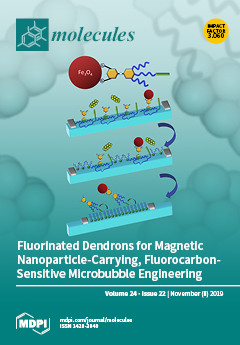Environmental pollution is the most serious problem that affects crop productivity worldwide.
Pisum sativum is a leguminous plant that is cultivated on a large scale in the Nile Delta of Egypt as a winter crop, and many of the cultivated fields irrigated with drainage water that contained many pollutants including heavy metals. The present research aimed to investigate the impact of Cd and Ni on the biochemical and physiological processes in
P. sativum and evaluate the potential alleviation of their toxicity by 5-aminolevulinic acid (ALA). Seedlings of
P. sativum were grown in Hoagland solution treated with CdCl
2 or NiCl
2 for 72 h in the growth chamber. Hydrogen peroxide, lipid peroxidation, protein carbonylation, reduced glutathione, oxidized glutathione, proline, phenolics, antioxidant enzymes, as well as Cd and Ni concentrations were measured at 0, 12, 24, 36, 48, 72 h. An experiment of alleviation was conducted where ALA was added to the growth solution at a concentration of 200 µM coupled with 100 µM of either CdCl
2 or NiCl
2. Hydrogen peroxide, lipid peroxidation, protein carbonylation, reduced glutathione, oxidized glutathione, proline, and phenolics were induced due to the toxicity of Cd and Ni. The activities of antioxidant enzymes [NADH-oxidase (EC: 1.6.3.1), ascorbate peroxidase (EC: 1.11.1.11), glutathione reductase (EC: 1.6.4.2), superoxide dismutase (EC: 1.15.1.1), and catalase (EC: 1.11.1.6)] were induced under the treatments of both metals. On the other hand, the soluble protein decreased gradually depending upon the time of exposure to the heavy metals. The concentration of Cd and Ni in the leaves treated plants increased in time of exposure dependent manner, while their contents remained within the acceptable limits. The addition of ALA decreased the oxidative stress in treated
P. sativum plants. The results revealed the significance of using ALA in the cultivation of
P. sativum might improve its tolerance against heavy metal stress.
Full article






